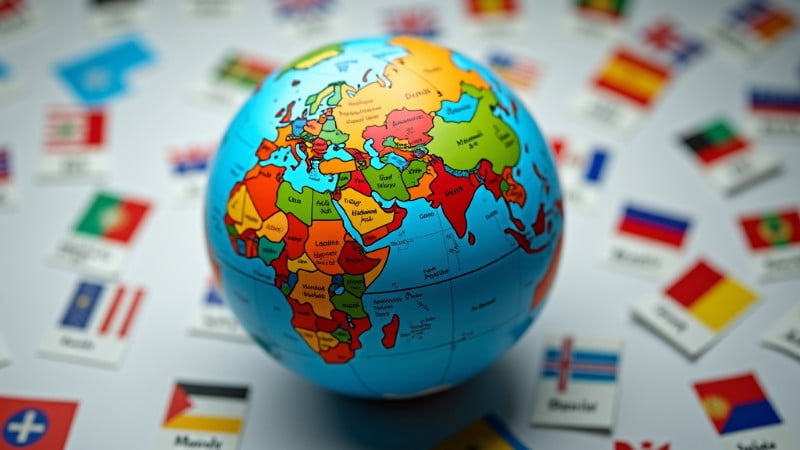
Companies expanding globally rely heavily on successful localization strategies. However, many companies make common mistakes when it comes to localizing their products.
When working with clients who may not immediately grasp the importance of translation context, it can be a challenging task. Imagine translating a marketing text into another language without considering the context.
In this article, we’ll explore eight of the most common mistakes and provide tips on how to avoid them.
Mistake #1: Insufficient Research
Not conducting thorough research on the target market can lead to misunderstandings and missteps in localization efforts. That’s why it’s essential to understand local customs, preferences, and regulations before launching a product.
Conduct extensive market research to gain insights into your target audience’s needs and preferences.
Mistake #2: Ignoring Local Regulations
Failing to comply with local regulations can result in fines, penalties, or even product recalls. So, you have to make sure that your product meets all necessary regulatory requirements before launching it in a new market.
Familiarize yourself with local laws and regulations, and consult with experts if needed.
Mistake #3: Inadequate Translation
Poor translation can lead to misunderstandings and mistrust among customers.
You need to allocate sufficient resources to invest in high-quality translation services that cater specifically to localization needs, guaranteeing that all critical elements of your product, including labels, packaging, and marketing materials, are accurately translated.
A tip would be to work with a reputable translation agency that specializes in localization.
Mistake #4: Not being mindful to culture
Ignoring cultural differences and failing to adapt to local customs, traditions, and values can result in misunderstandings and damage to a company’s reputation. That’s why when adapting your product for different markets, it is essential to be mindful of local customs, traditions, and values in order to avoid unintended offense or miscommunication.
Always consult with local experts or focus groups to ensure that your product is culturally relevant and respectful.
Mistake #5: overlooking the brand’s elements
Ensuring that all visual and textual elements of a product, including its branding, packaging, and marketing materials, accurately reflect the company’s established brand identity is essential for creating a unified and recognizable presence in various global markets.
You should develop a comprehensive brand guidelines document to ensure consistency across all markets.
Mistake #6: Not testing
Failing to adequately test your product with local customers before launching it can result in significant losses or complete failure, highlighting the importance of thorough testing and customer feedback.
To confirm whether your product satisfies the needs of the people in your area, it’s necessary to put it to the test in front of them and collect their thoughts about it afterwards. Use beta testing or pilot programs to test your product in a small, targeted group before full-scale launch.
Mistake #7: No analysis
Neglecting to conduct a thorough analysis of the competitive environment in the target market can result in great loss due to lack of awareness about local competitors’ market positions and tactics.
It’s crucial to conduct comprehensive competitor analysis to understand their strengths, weaknesses, and strategies, which will enable you to develop a USP for your product.
Mistake #8: not setting a realistic budget
Failing to accurately account for all costs associated with product localization can result in substantial budget overruns or even project cancellations due to underestimated expenses.
Creating a thorough and realistic budget for localizing products across multiple markets requires careful consideration of all associated costs to avoid underestimating expenses. Consult with experts to estimate costs and develop a realistic budget for your localization project.
Ultimately, successful localization is key to global expansion, but it’s easy to make mistakes that can undermine your efforts. By following the tips above, you can avoid these common pitfalls and ensure your product resonates with your target audience in every market.


